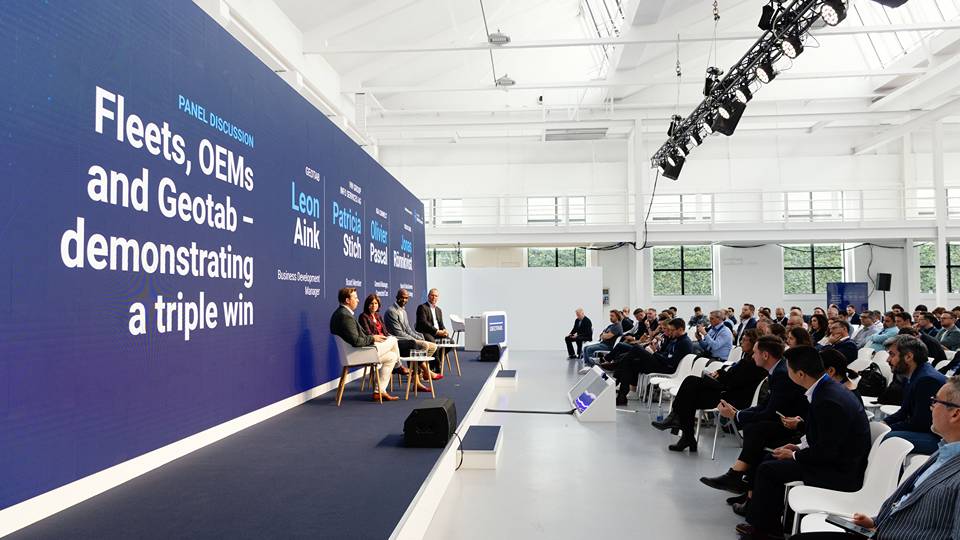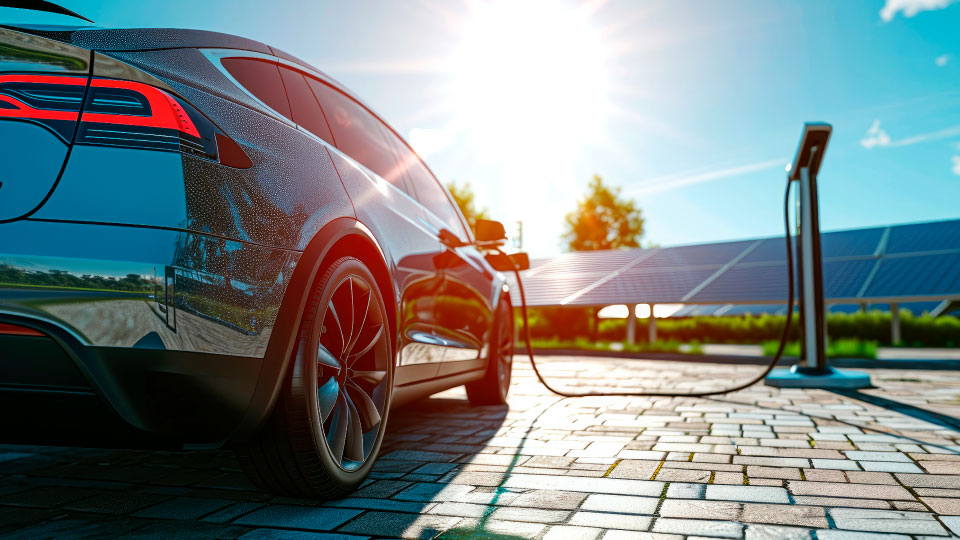Driving smarter: Insights from Geotab’s “Taking Charge” Report
Explore Geotab’s “Taking Charge” report with EV expert Paul Kirby, revealing insights on EV charging behaviour, fleet optimisation, and cost-effective electrification.


In this blog post, our resident EV expert, Paul Kirby, delves into the charging insights in Geotab’s report, ‘Taking Charge: On the Road to the EV Future’. The report analysed the charging behaviour of over 5,200 EVs over a year, looking at aspects like charging frequency, timing, and preferences to offer guidance on fleet optimisation.
Utilisation is critical for a good TCO
“I found the charging behaviour insights from this report really interesting. 45% of charging sessions take place before the battery drops to half. This suggests that utilisation could be greater, which is a trend that we’ve noticed in the UK with EVs hitting the second-hand market. These vehicles are dramatically lower in mileage compared to their diesel or petrol counterparts. Often, you’ll see as much as 2 - 3 times greater mileage on a diesel or petrol vehicle.
The sad thing is that EVs get more cost-effective the more miles that they drive. If you replace a vehicle with an EV, you want to do a lot of miles - that makes the greatest difference to your total cost of ownership (TCO).”
The value of the overnight charge
“But also, we recognise that charging is critical to this. And the overnight charge is the most efficient and effective and the one that you’re most able to control. Electrifying your depot, or ensuring that your staff have home chargers installed, will enable you to maximise the benefits.
Having looked at all the light-duty vehicles under management through the Geotab tool in the UK, 66% of those vehicles are not only EV suitable with one overnight charge, but would actually save money for the operators. But if we allow a 10% charging allowance on all our fleets, we’d see an uplift to 84% of all the vehicles out there.”
The potential to electrify higher mileage vehicles
“As we look towards 2030, it will no longer be an option to just electrify the short mileage vehicles. We need to be taking out diesels with regular daily routines that are doing 20-25,000 miles per year, and replacing them with their electric counterparts.
That’s actually pretty achievable if you look at the daily mileages. Just 80 miles per day based on a 50-week year is 20,000 miles per year. 120 miles a day, which is well within the capabilities of most light-duty commercial vehicles, is 30,000 miles per year. So you can still do a considerable annual mileage and electrify your fleet. Especially if you’re in control of the charging.
The report shows that we need to trust that our vehicles will go further than 50% of their battery range. The sweet spot for charging is between 20 and 50% if you’re out in the public domain. That means that if you do have to charge publicly, you charge faster from 20% to half full, than from 50% to 80%, and it’s important to recognise that.”
The value of Geotab’s insights
The great thing is that the Geotab ecosystem is able to bring all of those elements together and give you insight as to whether you’re charging or not, what state of charge your vehicles are at, and even to think into the future as to the state of your battery health. It helps light-duty fleets to electrify with confidence, and then to optimise the performance of their new EVs to drive the greatest financial and environmental savings.
Subscribe to the Geotab Blog

Paul has widely championed the efficient and safe operation of Light Commercial Vehicles and has worked in the space for nearly 20 years.
Table of contents
Subscribe to the Geotab Blog
Related posts

Strategic Implementation of Telematics for Optimising Last-Mile Delivery Operations
April 1, 2025
2 minute read
.jpg)
Lead with Trust: How Geotab Helps Businesses Navigate CSRD Compliance
March 19, 2025
2 minute read
.jpg)

Data-Driven Innovations in Fleet Management: highlights from Geotab Mobility Connect 2024
November 28, 2024
3 minute read

2030 or 2035, the UK Needs Meaningful Action on EVs Now
September 6, 2024
2 minute read
-EN-Na-final-July24_Card-1x.jpg)
Gross Vehicle Weight Rating: GVWR for heavy loads and lorries
June 26, 2024
2 minute read
